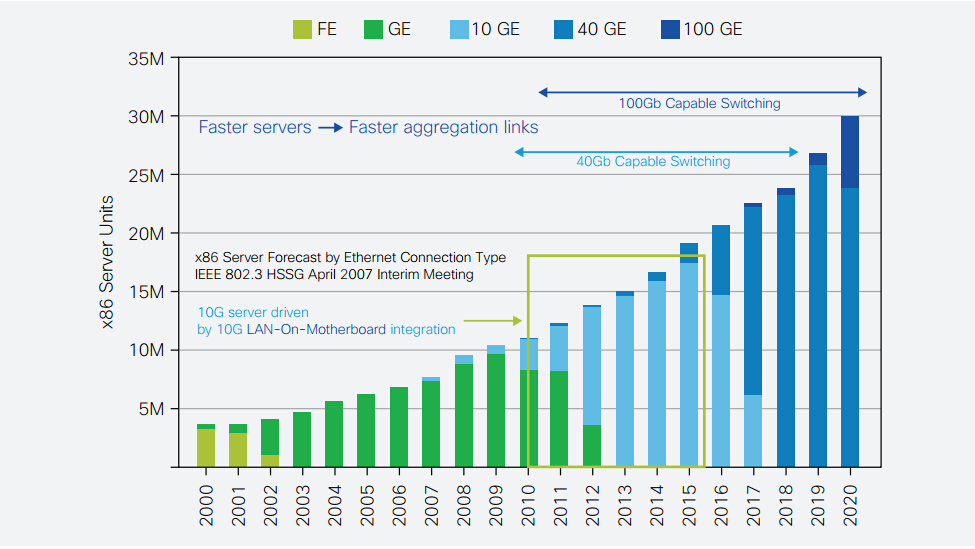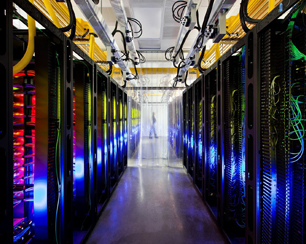

To get the best experience for our site, we recommend you upgrade to the latest version of Internet Explorer, or select another web browser, a list of the most popular web browsers can be found below
You can download the main browser here:
 Position :
Home>
News & Tutorial
>Products
Position :
Home>
News & Tutorial
>Products
Date: 2017-10-12 17:11:05
40G Transceiver Market: Ramping up in Data Center
Data center is basically the engine of any overall growth in optical transceiver sales - it now represents 65% of the overall telecom and datacom market for 10G/40G/100G optical transceivers. As data centers begin to deploy high-bandwidth 40G technology, the demand for QSFP+ transceivers was surging significantly, particularly as a high-density 10G interface via breakout cables. 40G transceiver demand growth over single-mode fiber is primarily a result of large shipments to Internet content providers Microsoft and Google. Although the market for 10G modules should remain strong, the use of 40G modules as high-density 10G interfaces is beginning to curb 10G growth.

Figure : Adoption of 40G Ethernet Technology
40G QSFP+ Module: A Promising Step for Higher Capacity
To accommodate the explosion of data traffic, enterprises and service providers invested in their networks with higher bandwidth and more expensive ports. And this tendency is believed to continue in the next few years. 40G is now taking over as the new high-growth segment and becoming the technology of choice in the data center. Even as we begin to see increased interest for commercially available 100G solution, the demand for 40G transceivers remains solid. The deployment of 40G is broad and deep – it is poised as a vital technology for key segments such as metro transport, submarine networking, and in network segments where the expense of 100G lines is not justified.
As speeds have increased to 40G, the quad small form-factor pluggable (QSFP) has become the high-density transceiver of choice. By deploying 40G line cards, the occupied space in the data center drops considerably. Economic saving in both CAPEX and OPEX become available.

40G Ubiquitous, 100G Accelerating
The future of 40G and even 100G is bright, with higher-speed 200/400G on the horizon. However, there is still life for existing 10/40G ports. Not all networks need to operate at the fastest possible speed, said the Ethernet Alliance. There are still applications where slower speeds will suffice. Because speed is actually in related to the needs of the application. By now many applications are well served by 10/40G links – which may be considered as low speed in the future.
The 40G market is finally moving to a generalized deployment phase. Consumer demand is stressing network capacities and as long as this dynamic stays in place, 40G deployment will continue to see healthy growth. Luckily, the industry now works to reduce the cost for 40G in order to move the market towards mass adoption. Sun Telecom 40G transceivers have significant benefits of compatibility and extended transport distance, garnering widespread recognition from customers.
 Position :
Home
>Products
Position :
Home
>Products

MPO fiber equipment are the perfect solution for high density terminations for data centers
Learn More ics@suntelecom.cn
ics@suntelecom.cn  +86 18964888554
+86 18964888554
 Building No.145, Lane 666 Xianing Road, Jinshan Industrial Zone, Shanghai 201506, China
Building No.145, Lane 666 Xianing Road, Jinshan Industrial Zone, Shanghai 201506, China
Copyright ©1989-2025 ALL Rights Reserved
ICP (Shanghai) Number: 13005159